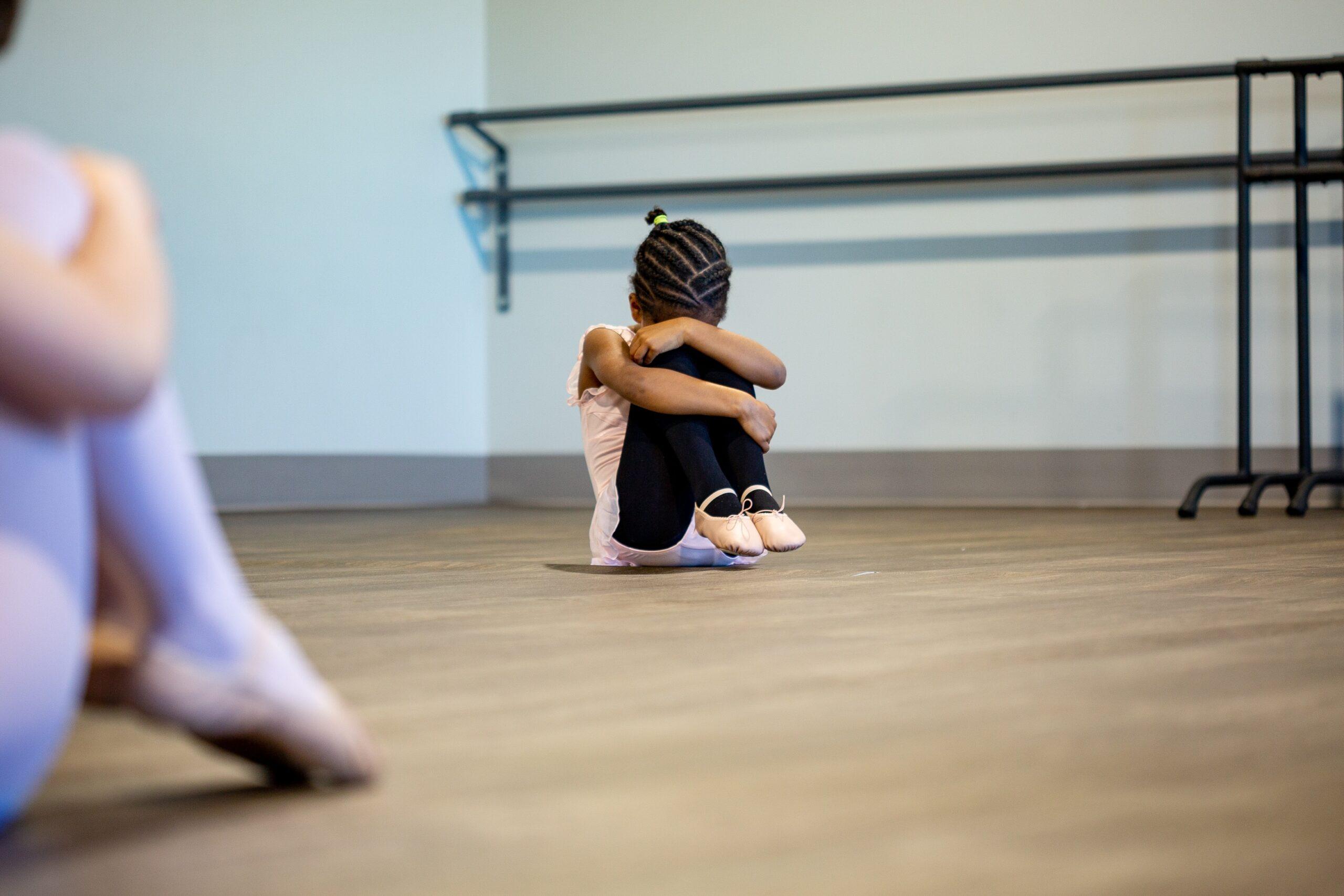A television comedian once suggested that the two most dreaded words in the English language are: shuttle bus. As a long time frequent traveler who has spent endless hours on these minibuses at airports, hotels and rental car lots, I concur enthusiastically with his observations.
In the world of childhood, there are two three-word phrases that strike fear in the hearts of any school-age youngster. Those chilling phrases are: “You can’t play” and “That seat’s taken.”
Social isolation and rejection can be devastating for children and can deprive them of the opportunity to develop age-appropriate social skills. Because the child has minimal social contacts, he fails to develop his social competencies. This lack of social skill results in additional rejection and isolation. A vicious and humiliating cycle begins to emerge.
Many children with learning and attention problems find themselves involved in this cycle of social failure. For years, professionals and parents have acknowledged that children with special needs have significant social problems as well. However, we mistakenly surmised that social rejection was caused by the child’s failure in school. Because he was unable to be successful in academics, he was teased and rejected by his classmates. We felt that the link between learning disorders and social incompetence was an indirect one. Basically, the learning problems caused school failure and the school failure, in turn, caused social skill difficulties.
However, recent research and observation indicates that the connection between learning problems and social problems is a direct one. The learning disorder actually causes the social difficulties; even if a child is progressing well in school, he may well be rejected and isolated by his peers and classmates.
For three decades, I served as a teacher or administrator at residential schools for children with special needs. This setting provided me with a unique opportunity to observe children in a wide variety of activities and pursuits. Early in my career, I came to realize that a typical child spends approximately 1,000 hours in the classroom each year. This translates to less than 15 percent of his waking time. The remaining hours are spent in school hallways, playgrounds, the cafeteria, at home or in the community. The learning problems that plague the child in the classroom also have significant impact upon his ability to function in these recreational and non-educational settings.
Consider this: The child whose memory problems compromise her ability to remember the times tables will also have difficulty remembering to remove her shoes before entering Grandma’s house on Saturday morning. The boy who continually fails to conduct his earth science experiments successfully because he is unable to sequence the steps correctly will also have difficulty following the sequence of steps in the soccer coach’s instructions at Tuesday afternoon’s practice. Learning problems are very pervasive and impact upon the child’s performance in all settings, not merely in the classroom.
Through no fault or choice of their own, these children have significant difficulty establishing and maintaining social relationships. They have no meaningful friendships and spend much of their time alone. They develop negative reputations among their peers and are often teased and bullied at school and in the neighborhood. Even their relationships with their siblings and other family members can be compromised because of their inability to interact socially in an appropriate manner. They may become a source of embarrassment for their brothers and sisters, a source of puzzlement for their extended family and a source of great concern for their parents.
Beyond the short-term pain and loneliness experienced by socially incompetent children, they may also have significant long-term difficulties that will greatly impact them as well as their ability to gain and maintain employment. Childhood friendships are a “social laboratory” wherein youngsters learn invaluable social skills that will be necessary throughout their lives. A lively game of Monopoly with friends on a rainy Sunday afternoon teaches the child how to share, play fair, win graciously, lose gracefully, follow the rules and take turns. The child who is deprived of this laboratory is also deprived of the opportunity to practice and learn these fundamental social skills and may enter adulthood without the interpersonal skills necessary to be successful in the workplace and in the community.
Parents and teachers must work closely together to provide the child with the social skills he needs in order to establish and retain friendships. This daunting job is simply too complex (and too important!) to leave to parents or teachers alone. Only a concerted and combined effort among all the adults in a child’s life will have lasting and meaningful results.
The most effective way to intervene with a child’s social skills is the Social Autopsy. Based on the concept of a medical autopsy, the Social Autopsy has two basic underpinnings:
- The social errors made by children are generally unintentional thereby rendering punishment for social miscues both unfair and inappropriate.
- Social errors offer an invaluable opportunity to provide the child with instruction and remediation in specific social skills.
The Social Autopsy is conducted in response to social error made by the child. The adult discusses the miscue with the child in a positive, instructive and supportive manner. An autopsy is not a scolding or a reprimand, but merely a strategy that enables the child to analyze his social behavior and generate positive alternative behaviors that he could have used in the situation. Having conducted Social Autopsies with children for over 30 years, I can assure you that your child will respond positively to this structured and supportive intervention.
Begin the Social Autopsy by asking the child to explain and examine the social error that he made. You will often find that he simply does not know what he did wrong.
Once you have agreed on the nature of his error, discuss various alternative behaviors that he could have used in the situation. What could he have said? What could he have done? How could he have reacted? The “could approach” is a welcomed departure from the “you should have…” strategies that we generally use.
The child then selects the alternative strategy that he likes best and agrees to use the technique in a future interaction and report the results back to the adult. Children enjoy looking for opportunities to apply their new skills and complete their “social homework.”




